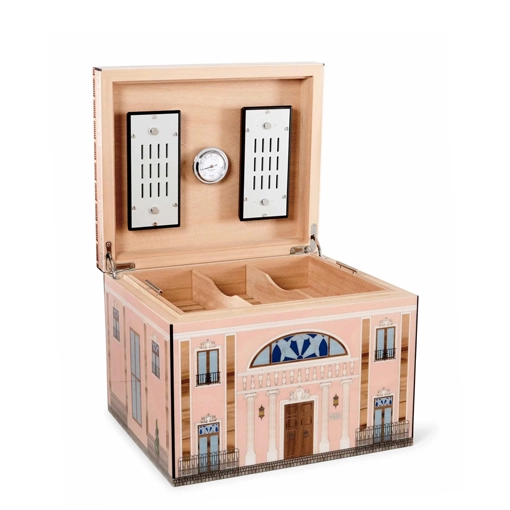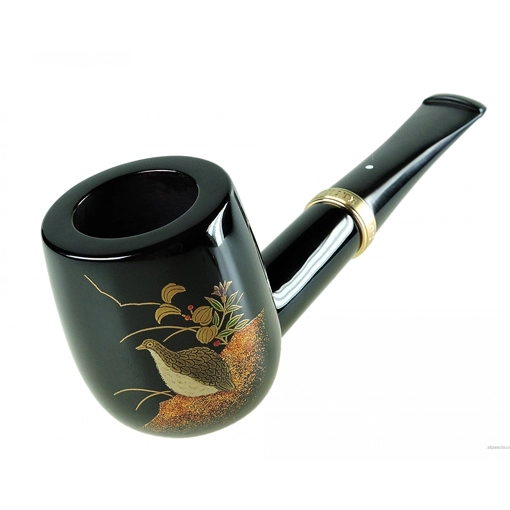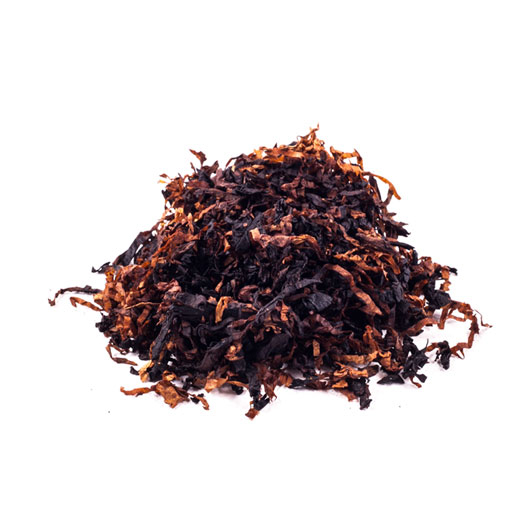Guide, The Cigar Blog
How to Taste a Cigar
One of the reasons you may choose to smoke a cigar over a cigarette or pipe is because of the world of flavour that awaits you with each puff. Cigars are renowned for their taste, which can be complex and exciting.
Some cigars have flavours that are bold and instantly identifiable, whereas others may be filled with subtle hints of something less familiar that you may well miss if your attention is otherwise occupied. While it can take years to fully develop the skills required to discern one flavour from the next, this guide may get you on the way to experiencing more from your cigars.
- Tips for Tasting Cigars
- Cigar Tasting Notes
- How to Taste Cigars
- Cigar Size and Flavour
Tips for Tasting Your Cigar
The following tips can be used to enhance the tasting experience and flavour enjoyment of your cigars.
Taste the Cigar Before You Light
Holding the cigar in your mouth before you light it up can be a great indicator of the type of smoke you’re about to enjoy. If there is a sweet or bitter flavour present in your cigar, then this suggests it will be a good smoke, whereas if there is a hint of acidity, then it could mean the tobacco used in the cigar is of poorer quality than it could be.
Smoke Your Cigar Slowly
This is the golden rule for all areas of cigar smoking. However, it can be particularly important if you are looking to expand your flavour experiences.
Leave time between each draw, letting the smoke linger in your mouth a little longer than you usually would. Doing this makes the aftertaste more prominent, allowing you more of a chance to explore the flavours in full.
Slowing down the smoking process also ensures that the cigar does not overheat, which may cause the tobacco to taste burnt.
Protect Your Palate
You will never achieve the full flavour of your cigar if your palate has been contaminated by the foods you’ve been eating all day. Read our guide on how to cleanse your palate for some top tips in this area.
If you are looking to determine the different flavour profiles present in your cigar then only drink water alongside it if you need a sip of something, as other drinks will bring in a whole new bunch of tastes to the mix.
Also, if you are planning on smoking multiple cigars, always go with the mildest one first, as the flavours and aromas of stronger cigars tend to linger for longer, making it difficult for you to detect the more subtle notes in a milder cigar.

Keep the Cigar Tasting Notes in Mind
When you smoke a cigar a variety of flavours can express themselves with each puff. These flavours can include sweet, spicy, floral, nutty and earthy. Flavours might develop and change throughout the smoking experience, or they may be apparent all at once.
For example, a cigar might open with earthy notes, that develop into espresso and cocoa hints, that finish with a caramelised sweetness.
You can take a look at our cigar tasting notes guide and flavour wheel to discover the different flavours you might experience in your smoke.

How to Taste a Cigar
To properly taste a cigar, there are three areas which work together to build up this flavourful profile. First is the use of the tongue to taste; second is the use of your nose to smell all of the flavour notes present in the cigar; and finally is the finish, which is the aftertaste.
The Tongue
The tongue, when picking up taste notes, picks up on five elements;
Bitter
While you may associate the word ‘bitter’ with something unpleasant in taste, when it comes to cigars, a bitter taste can work very well when in combination with other flavours. Tastes which are considered to be bitter include coffee, citrus and dark chocolate.
Sour
Sourness is different to bitterness in that it only refers to acidity. Sour certainly isn’t a flavour profile that cigar makers strive for, but cigars can taste sour if they have been aged incorrectly.
Sweet
While sweet tastes are often considered the most enjoyable, two taste receptors have to be activated for the tongue to detect sweet flavours, making it a difficult flavour to successfully replicate in a cigar. Some primings or fermentation methods may make certain tobacco taste sweeter when burned.
Flavoured cigars, particularly cigarillos, do exist though, which have sugar artificially added to the end of the cigar for flavour.
Examples of sweet flavours in cigars include caramel, chocolate, honey or fruit.
Salt
Many Cuban cigars have a slightly salty taste, due to the fact that Cuban soil contains a high concentration of lithium, which is close to Sodium.
Umami
Umami is a meaty or savoury taste. This receptor is activated by amino acids, which are things high in protein like meats and cheeses.

Smell
Olfaction, or the sense of smell, is the 2nd aspect when it comes to tasting your cigar. Although you may think that flavour is all in the taste, we actually have more flavour detectors in our noses than we do on our tongues. While our tongue can detect only five distinct qualities, the olfactory system can detect hundreds. Therefore, the smell of a cigar should be of great importance.
When we talk about ‘smell’, we do not mean the aroma in the air from the smoke you exhale, or that wafts off the stogie as it rests between puffs. Rather, the smell is gained in the time at which the smoke is in your mouth, entering your nose in this way.
To enhance this smell, the smoke can be introduced more to your sinuses, by exhaling some smoke through the nose in a process known as retrohaling. Some cigar smokers choose to ‘retro-hale’ to gain the full flavour experience.
To do this, after taking a puff, release around three-quarters of the smoke out of your mouth before pushing the remaining smoke back with your tongue whilst you exhale through your nose. If you have never attempted this, then you have been missing out on the full extent of your cigars complex flavours!
The Finish
The final key aspect of fully enjoying a cigar is the finish; essentially a fancy term used to describe the aftertaste. It refers to the flavours that persist long after you have exhaled.
When it comes to cigars, the finish should be enjoyable and the longer the flavours remain, the better. Certain flavours are more likely to remain for longer, or give off more prominent tastes at the finish, in particular cigars with cocoa, coffee or liquorice notes.
To really “taste” a cigar, you incorporate the initial tastes from your tongue and sinuses as well as the finish, it’s a function of the sensory organs and time.

Consider the Cigar Size
Did you know the size and shape of a cigar can affect its taste?! This is because the length of your cigar affects how quickly heat reaches your palate. The shorter the cigar, the closer the lit end is to your palate, which means you’ll experience the flavours of the smoke faster and more intensely.
Therefore, a longer cigar can offer more subtle tasting notes as they emerge and reveal themselves as the smoke develops, while a shorter cigar may give you a bold smoking experience from the first puff.
What are your top tips for enjoying all of the flavours your cigar has to offer? If you’re looking for a top-quality cigar to start your flavour exploration journey, be sure to check out the range available at Havana House!









